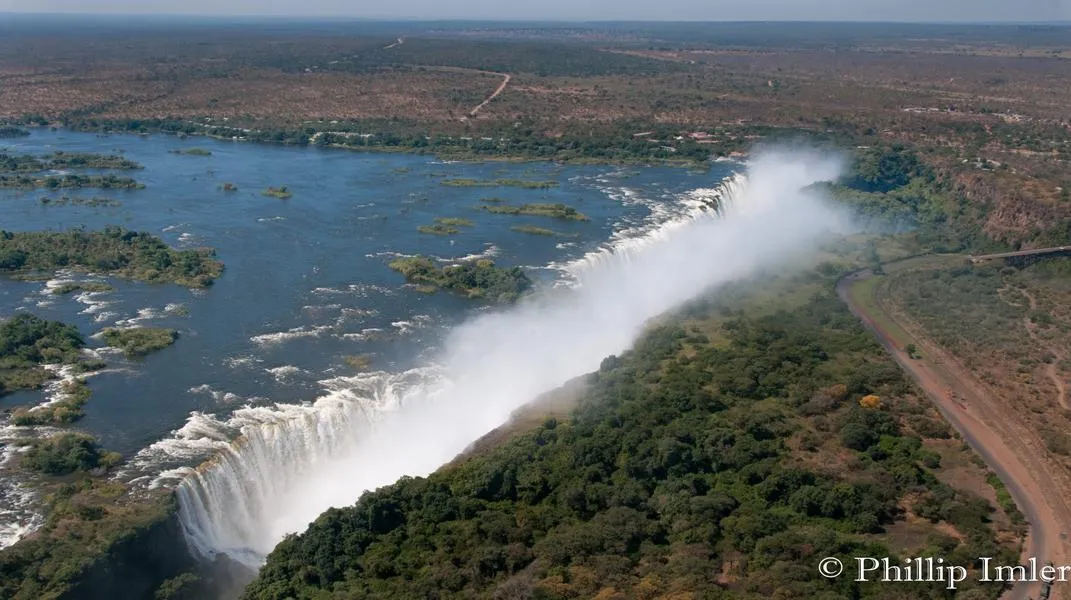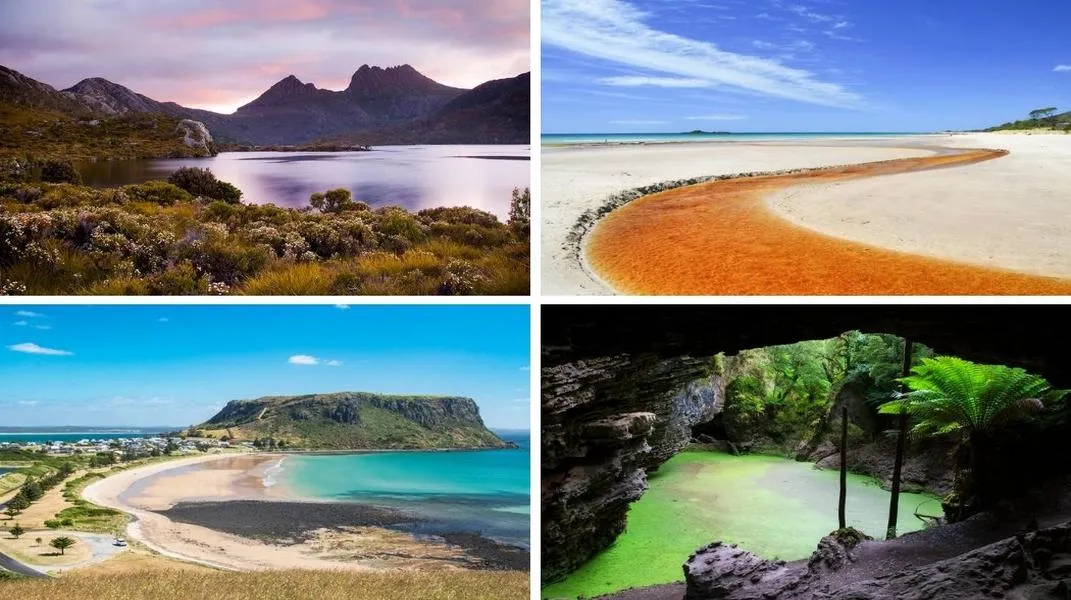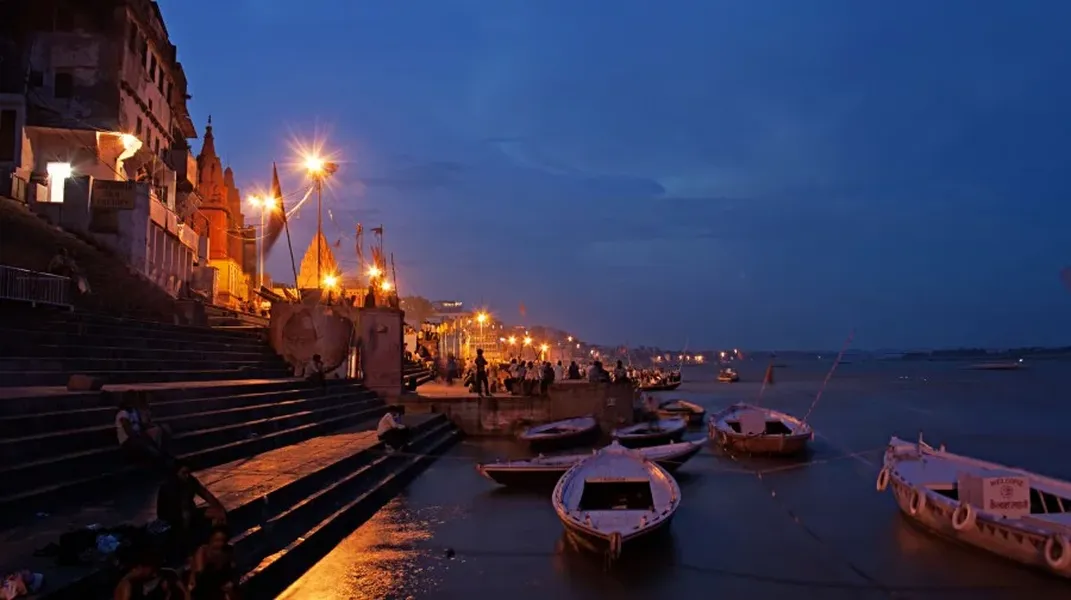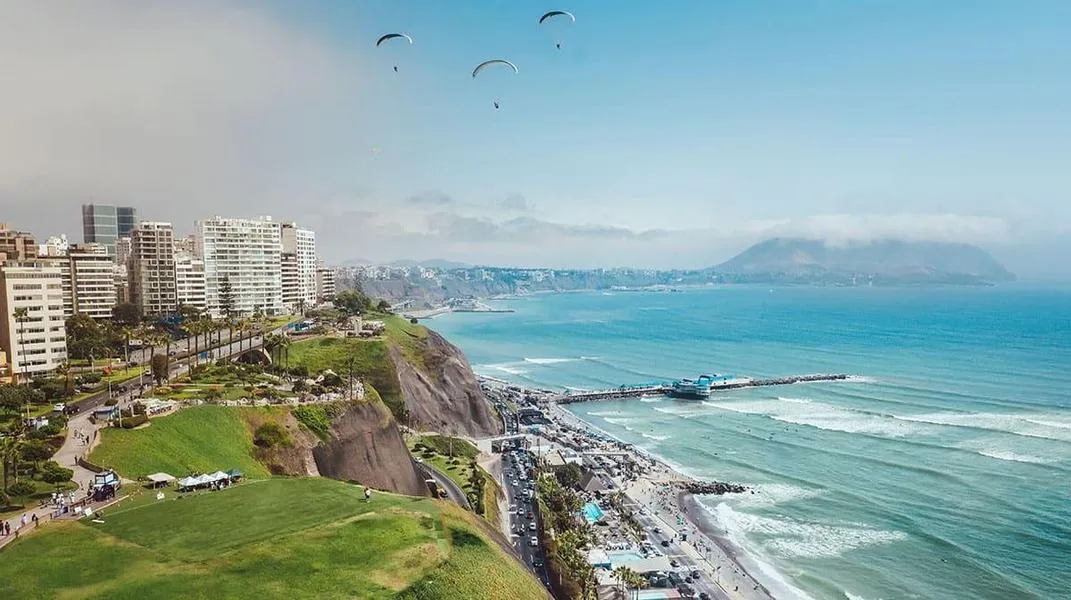Discovering Easter Island: A Journey to the Heart of Polynesia
Easter Island, known as Rapa Nui in the local language, is one of the most remote inhabited islands in the world. Located in the southeastern Pacific Ocean, approximately 3,500 kilometers (2,200 miles) off the coast of Chile, this small island is famous for its enigmatic moai statues, rich Polynesian culture, and breathtaking landscapes. A visit to Easter Island is a unique experience that combines history, archaeology, and natural beauty, making it a must-see destination for adventurous travelers. In this article, we will explore the attractions of Easter Island in detail and provide essential information on how to prepare for your visit.
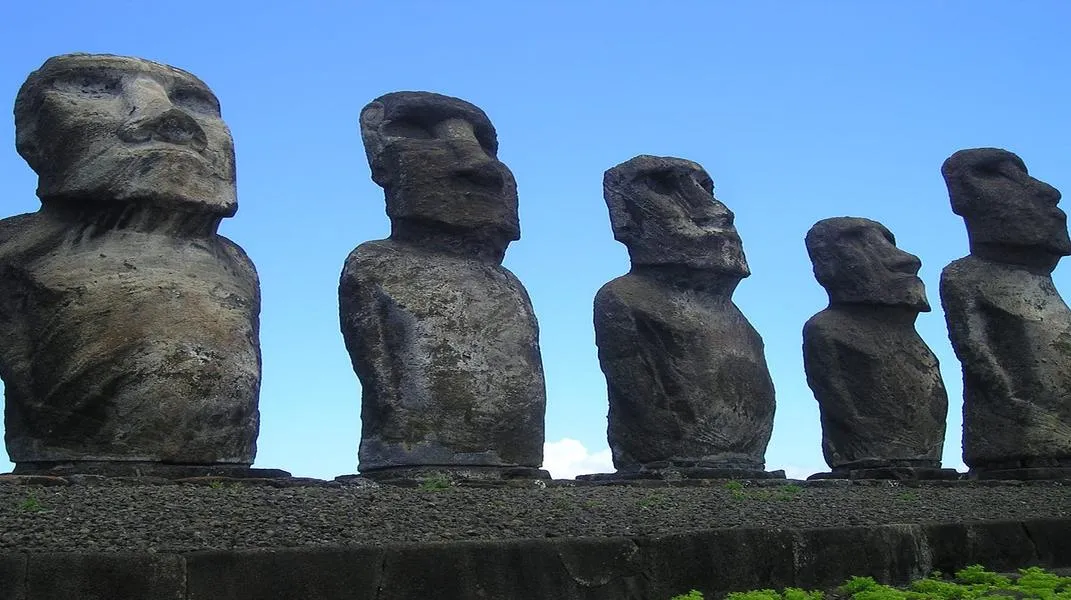
The Enigmatic Moai Statues
One of the primary reasons travelers flock to Easter Island is to witness the iconic moai statues. These colossal stone figures, carved from volcanic tuff, are scattered across the island, with a total of around 887 identified moai. The statues are believed to represent the ancestors of the Rapa Nui people and were constructed between 1400 and 1650 A.D. The moai are characterized by their oversized heads, which can be about three-eighths the size of the entire statue. Some of the largest moai, such as "Paro," stand over 10 meters (33 feet) tall and weigh more than 80 tons.
The most famous moai site is Ahu Tongariki, which features 15 moai lined up on a ceremonial platform. This breathtaking sight is particularly stunning at sunrise when the early morning light casts a golden hue over the statues. Another significant site is Rano Raraku, the volcanic quarry where the moai were carved. Visitors can see dozens of unfinished statues in various stages of completion, offering insight into the island's ancient construction techniques.
The Mysteries of Rapa Nui Culture
Beyond the moai, Easter Island is rich in cultural heritage. The Rapa Nui people have a fascinating history that is intertwined with the construction of the statues. The island's inhabitants developed a complex society that thrived for centuries, with a well-defined social structure and religious beliefs centered around ancestor worship. The moai were not only a representation of lineage but also served as a means of connecting with the spiritual world.
Understanding the cultural significance of the moai enhances the visitor experience. Local guides, often descendants of the original Rapa Nui people, offer insightful tours that delve into the mythology, traditions, and societal structures of the island. These tours often include visits to ceremonial sites, petroglyphs, and ancient village ruins, providing a comprehensive overview of the island's history.
Natural Attractions: A Contrast to the Moai
Easter Island's landscape is as captivating as its cultural heritage. The island is dotted with volcanic craters, lush green hills, and stunning coastal cliffs. Rano Kau, one of the main volcanic craters, is a must-visit destination. The crater houses a beautiful freshwater lake surrounded by a unique ecosystem, including endemic flora and fauna. The views from the rim of the crater are breathtaking, offering panoramic vistas of the island and the Pacific Ocean.
Another natural wonder is Orongo, a ceremonial village located on the edge of the Rano Kau crater. This site was the center of the Birdman cult, a religious sect that practiced the annual Tangata Manu competition, where contestants would swim to nearby islets to retrieve the first egg of the sooty tern. The village features stone houses, petroglyphs, and stunning cliffs that drop dramatically into the ocean.
The island's beaches are equally inviting, with soft sands and crystal-clear waters. Anakena Beach is the most popular, known for its swaying palm trees and the presence of several moai nearby. The beach is an ideal spot for swimming, sunbathing, and relaxing after a day of exploration.
Preparing for Your Visit to Easter Island
Visiting Easter Island requires careful planning to ensure a smooth and enjoyable experience. Here are some essential materials and tips to prepare for your journey:
1. Travel Documentation
- Passport and Visa: Ensure your passport is valid for at least six months beyond your intended departure date. Depending on your nationality, you may need a visa to enter Chile, which is the gateway to Easter Island.
- Flight Reservations: Book your flights early, as there are limited direct flights to Easter Island. LATAM Airlines offers regular flights from Santiago, Chile.
2. Accommodation
- Hotel Reservations: Easter Island has various accommodation options, ranging from luxury resorts to budget hostels. Booking in advance is recommended, especially during peak tourist seasons (December to February).
- Camping Gear: If you prefer a more rustic experience, inquire about camping options. Some areas allow camping, but you will need to bring your own gear.
3. Transportation on the Island
- Rental Cars and Scooters: The best way to explore Easter Island is by renting a car, scooter, or bicycle. This allows you to visit the various archaeological sites at your own pace. Be sure to book your rental in advance.
- Guided Tours: Consider joining guided tours led by local experts. These tours often provide transportation and in-depth knowledge about the sites you visit.
4. Clothing and Gear
- Comfortable Clothing: Pack lightweight, breathable clothing suitable for warm weather. Layering is advisable as temperatures can vary throughout the day.
- Sturdy Footwear: Bring comfortable walking shoes or hiking boots, especially if you plan to explore the volcanic trails and archaeological sites.
- Swimwear: Don’t forget your swimsuit for beach days. A lightweight beach towel is also a good idea.
- Sun Protection: The sun can be intense on the island, so pack sunscreen, a wide-brimmed hat, and sunglasses.
5. Health and Safety
- Travel Insurance: Consider purchasing travel insurance to cover any unexpected medical expenses or trip cancellations.
- Health Precautions: While Easter Island is generally safe, it’s wise to carry a basic first-aid kit for minor injuries. Be sure to stay hydrated, especially during hikes.
6. Cultural Sensitivity
- Respect Local Customs: When visiting sacred sites, adhere to local customs and guidelines. Avoid climbing on the moai or disturbing archaeological sites.
- Learn Basic Rapa Nui Phrases: Familiarize yourself with a few basic phrases in Rapa Nui or Spanish to enhance your interactions with locals.
7. Photography Equipment
- Camera/Smartphone: Easter Island is incredibly photogenic. Bring a good quality camera or smartphone to capture the stunning landscapes and moai.
- Extra Batteries/Memory Cards: With the island’s breathtaking scenery, you’ll want to ensure you have enough battery life and storage for all your photographs.
Conclusion
Easter Island is a destination that offers a unique blend of history, culture, and natural beauty. From the mysterious moai statues to the rich heritage of the Rapa Nui people, visitors are sure to be captivated by the island's charm. With proper planning and preparation, your journey to this remote paradise will be an unforgettable adventure. Whether you come for the awe-inspiring statues, the stunning landscapes, or the rich cultural experiences, Easter Island promises a journey that will linger in your memory long after you leave its shores.

